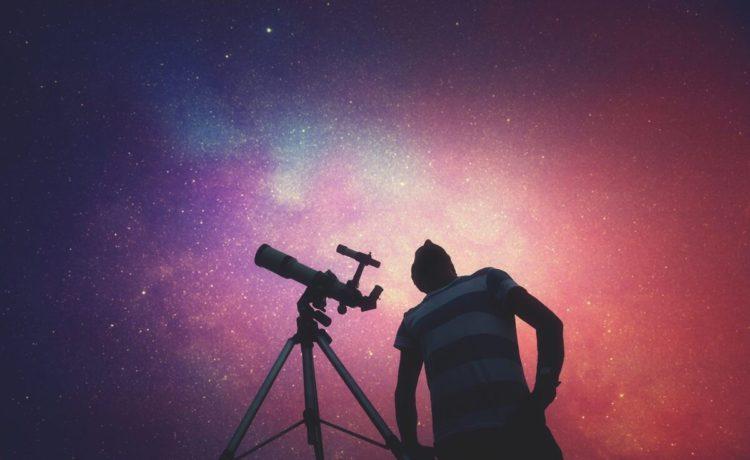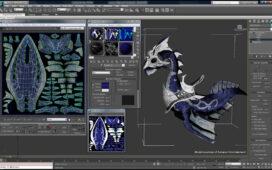Children are naturally curious about the world around them, and if you’re looking for a gift that will encourage that curiosity and spark their interest in science, a children’s telescope can be the perfect choice. There are many things to consider when selecting a children’s telescope.
There are many features to consider when selecting a children’s beginner telescope. The most important consideration is the magnification of the telescope, which determines how much you can see through it. A good rule of thumb is that the higher the magnification, or power, of a telescope, the smaller the field of view.
Here are some of the most important features to consider:
Size. The size of the telescope will determine how much weight it can handle and how large an image it can produce. A larger telescope will be able to magnify objects more than a smaller one, but it may be too heavy for some children to hold or carry around easily. It’s best to go with the largest possible scope that you think your child can handle without straining their arms or back too much.
Magnification power. The magnification power of a telescope determines how much larger the image of an object will appear when viewed through the eyepiece. More powerful telescopes can magnify objects up to 200 times larger than those found in smaller ones, but they also cost more money and are sometimes difficult for young children to use properly by themselves due to their weight and size.
Ease of use. Children’s telescopes should be easy enough for kids as young as eight years old to use on their own without adult supervision or assistance from an adult who knows what he or she is doing with such equipment. You don’t want your child struggling with a complicated piece of equipment that requires lots of assembly before he or she can get started using it properly.
Focal length (or focal distance). This refers to how much light a lens can gather from an object before being focused by another lens or mirror onto an image sensor — or eyepiece — in front of the observer’s eyes. A longer focal length (or longer distance between lenses) means better image quality but slower focusing speeds; a shorter focal length
The size of the lens. The size of lens determines how much light is gathered and then magnified by a telescope. The larger the lens, the more light it will gather, resulting in higher magnification power. The magnification power refers to how much larger an object appears when viewed through a telescope compared to how it appears with your naked eye. A high magnification power means that you will be able to see distant objects more clearly; however, it also means that you need to ensure that there is enough light available and that there isn’t too much turbulence in the atmosphere so that you can get a clear image. If there isn’t enough light or if there is too much turbulence in the atmosphere, then your image will be blurry or distorted in some way. You can contact us for more information on Celestron Starsense Explorer and Celestron Nexstar.











